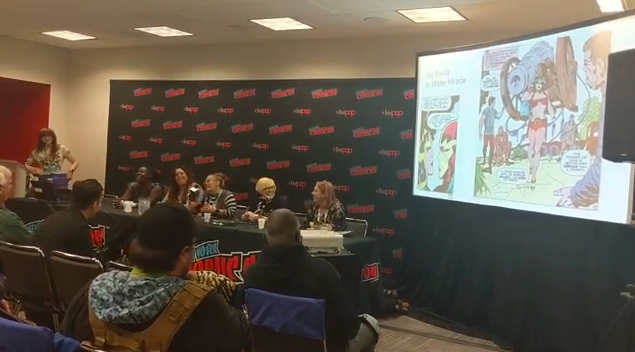
To anyone who has picked up a comic since the early 1940’s, Jack Kirby is a name that immediately drums up images of psychedelic sci-fi, astoundingly campy Fantastic Four, worlds made of Hell itself, and villains with the ability to whither a reader with a single speech bubble. But Kirby wasn’t just known for his trippy visuals and bombastic dialog — he was also a massive proponent of strong, independent, and — in many cases — superior women heroes. Luckily, New York Comic Con was blessed with a panel sponsored by none other than the Jack Kirby Museum & Research Center, and moderated by Graphic Policy radio podcast host and The Beat contributor Elana Levin to talk about exactly that: Jack Kirby’s women.
Also contributing to the conversation were the panelists — made up of not solely of women, but certainly supporters of Jack Kirby’s women — professional cosplayer, editor, and activist Jay Justice; GameSpot Associate Entertainment Editor Meg Downey; the writer and artist of DC Comics’ Female Furies, Cecil Castellucci and Adriana Melo; as well as the Editor and Chief of The Beat and all-around comics maven, Heidi MacDonald.
After a brief look into Kirby’s personal life — including his charmingly adorable marriage to his wife and muse Rosalind Goldstein-Kirby — Levin introduced the topic of Kirby’s career as an innovator in comics; specifically citing a conversation that she had with Castelluci about Kirby’s romance comics.
“They’re of a time, of course, so the women are dealing with different social situations. You can kind of see that in the superhero stuff too,” added Castellucci about the topics of aging, spinsterhood, and “pink-collar” jobs being a prevalent subject of early romance comics.
But it wasn’t always women in traditional jobs or romantically striving to win the affections of a man; some of Kirby’s women were in the business of saving the world like X-Men’s Jean Grey, the Fantastic Four’s Sue Storm, and New Gods’ Big Barda. Throughout the panel, Levin used images from the Tumblr account Kirby Without Words to highlight Kirby’s influence and message with versus without Lee’s narration.
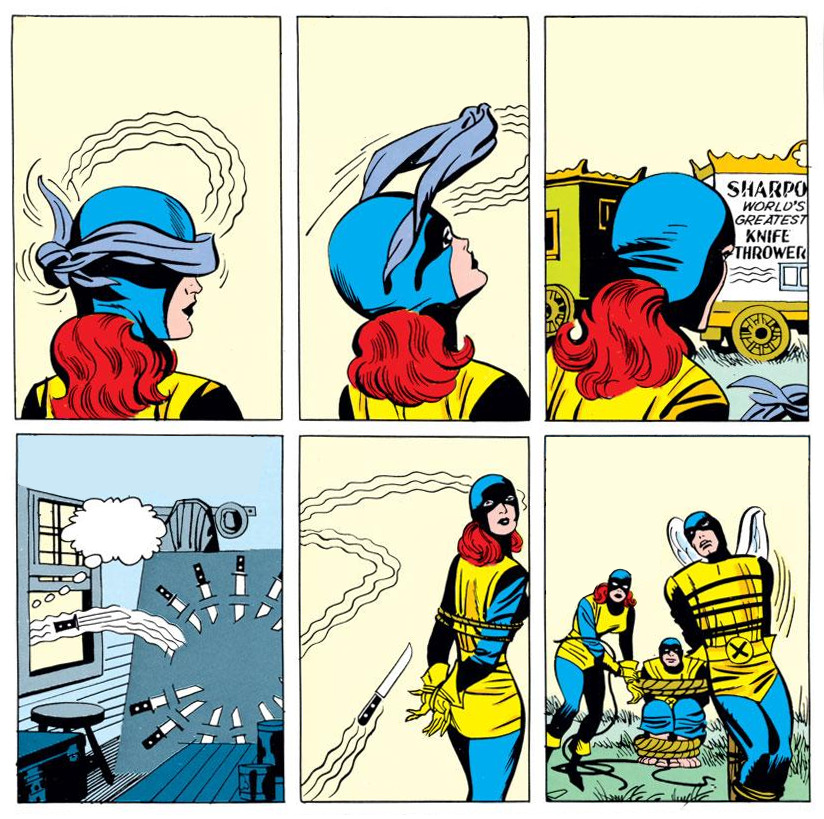
“I think when a lot of us think about Jack Kirby, we think about Jean Grey,” said Levin. “There’s this amazing sequence where Jean is using her powers to free herself and the X-Men…and then afterwards Professor X is explaining to her how to save the X-Men. Which seems pretty unnecessary!”
“Jack would draw it and Stan [Lee] would script it,” added MacDonald. “It’s amazing to me that Stan was so far behind him on these things because when Jack drew it, it was Jean Grey saving everyone; but when Stan scripted, Jean needed help. I’m a classic X-Men fan, but Stan gave women the worst powers. They all just got really small or invisible.”
As if to punctuate MacDonald’s point, the projected slide showed Sue Storm fighting Doctor Doom and really beating him up…but then letting Doom know that the only reason she knows how to fight is because Reed Richards taught her how.
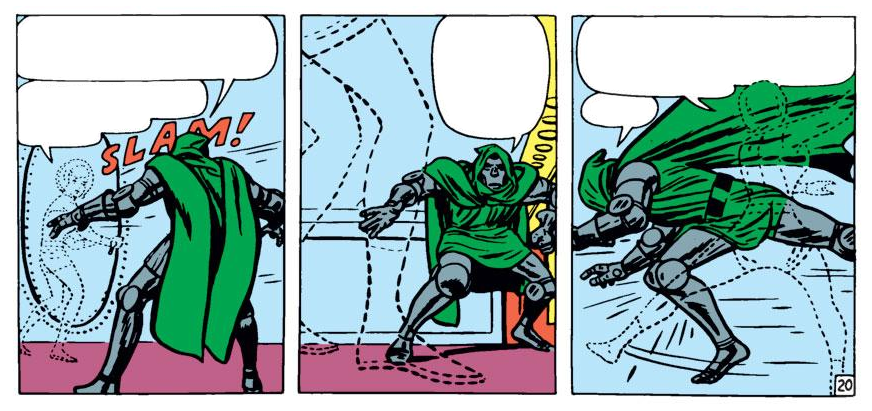
“Being invisible — in some ways — is not the most powerful power. But here, Jack is showing her kicking his ass,” said Levin. “Does anyone have any strong feelings about Sue?”
“Oh, I’ve always loved Sue Storm,” Justice added, emphatically. “I’ve always been drawn to her because when you’re the “mom” type of person, everyone underestimates you; but Sue was always as quick and strong as everyone else.”
Castellucci also interjected to say that she loved Sue because her powers seemed a bit on the nose for how women were being seen and treated during the period of history in which they were being written.
Levin then steered the panel to talk about one of everyone’s favorite Kirby women, Big Barda. His wife, Roz, had acted as a muse for the character with Kirby being inspired by her immense personal strength and strength in love. But not everything was as pro-feminism as intended, as the panel that is projected onto the screen showed Scott Free (A.K.A. Mister Miracle) admiring Barda’s strength as a passerby comments that the “women’s lib[eration movement] was getting more serious than [he] thought”.
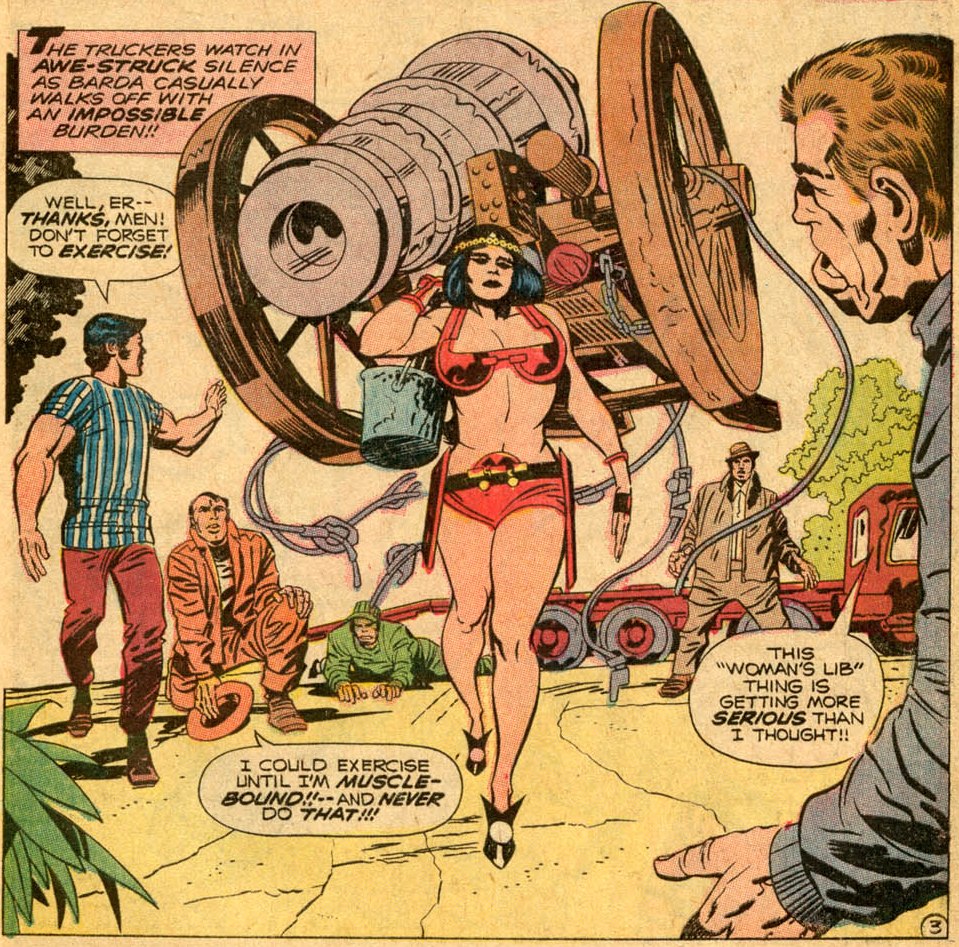
“I think the biggest thing for me is that she not conventionally attractive. She’s not petite,” said Downey. “Barda commands attention just by being there, especially in an era of comics when they just didn’t happen unless you were a villain or a monster. Barda never makes herself small. For me that’s inspiring. That’s better than any physical feat. She exists without apology.”
Castelluci also chimed in to mention how Barda’s ability to grow and change is something that really inspired her; saying that starting where she does and falling in love with Scott and changing her life and philosophy of the world shows how big she really is.
Melo, who was the leading artist on the Castellucci’s 2019 run of Female Furies, was also asked what it was like to make Kirby’s Furies in her own style while still holding true to the groundwork laid by Kirby.
“When I got the email talking about this, I was so excited and kind of scared,” said Melo. “I was like “oh my god these are such important characters!” The Fourth World and Granny Goodness and Darkseid…my mind was blown. The things we would touch on in this series were not just important, they were sensitive. So I did research. I read and did the best I could to not be disrespectful to such important characters and such sensitive issues.”
Castellucci added on her reply by saying that she studied Kirby’s Fourth World omnibus and was struck by how Granny is one of the most powerful people in the world, but that she still managed to be given the role of mother. Not only that, but even with the existence of the Furies — who were powerful — they still were only characters on the sidelines.
“It felt familiar. There were a lot of themes that Jack was doing that were very progressive at the time but it was still a product of the time,” said Castellucci. “But the Fourth World had a lot of what was already there and so it made it easy for me to spin out and make the pages that weren’t shown by Kirby the first time around. Being able to do the Me Too movement on Apokolips was basically asking how do you show hell in hell.”
Levin took that moment to pivot to discussing the hopes for Ava DuVernay’s New Gods film that is currently in pre-production, but MacDonald backed things up to help give some insight into the King of Comics himself.
“I wanted to back up a bit because I knew Jack Kirby. When I was a kid, my cousin bought a copy of Mister Miracle, and I remember opening it up and seeing Big Barda and going ‘Ah, not for me’. Then I got into Marvel. But honestly [Kirby] was aware that he was a genius and he didn’t tire of telling you. But he was such a genius that you didn’t mind him telling you,” said MacDonald. “It was insane that he was that creative for that long. I guarantee if you get comic artists or a certain generation, they will always love him. But there’s not a lot of women who sit down and talk about this so this is entirely new. These visionary crazy, worlds brought to the screen by women is just amazing. Jack would have loved it. He was not afraid of strong women; he wasn’t intimidated. He honored them. It was always about heroism and about people’s potential and being human.”
The panel then shifted to discussing how the silver age framed characters and situations of heroism in a way that, while obviously written by cisgendered, white men, there were certain parts that were just good enough to make the choice to keep reading. The example, obviously, came back to Jack Kirby, where it seemed unanimous among the panelists that at least — for that time period — Kirby was really trying.
“I feel like theres a difference between being harmfully prejudice that encourages negative behavior and then theres a clearness that it was written in a time period where thats just a different perspective,” said Justice. “But I haven’t read any Jack Kirby that didn’t have another type of perspective. There was a full picture.”
Downey then jumped in to say that they had not really appreciated Kirby as much growing up, saying that there is often a stop-gap that happens when discovering comics that are considered “key” series when you’re growing up as a girl.
“I started reading manga when I was 10, I started reading comics when I was able to drive. My friend’s sister told me about Jason Todd so I went and bought Under the Hood and the guy told me it was bad. I was like 15 and at a crossroads where I could either listen to him and just leave or I could double down super hard. So I doubled down super hard,” laughed Downey. “It took a while for me to understand silver and golden age for a long time. When you’re reading it as history it can make it so much easier to understand and appreciate.”
Jumping from Downey’s experience, Melo told the audience about her discovery of Kirby’s work from the lens of having grown up as a young artist in Brazil; stating that when she was a young woman, comics and superheroes were something for boys and never really for girls. Her first experience getting into comics at all was seeing a boy at school reading Crisis On Infinite Earths — a description that made the audience audibly groan with horrifying recognition.
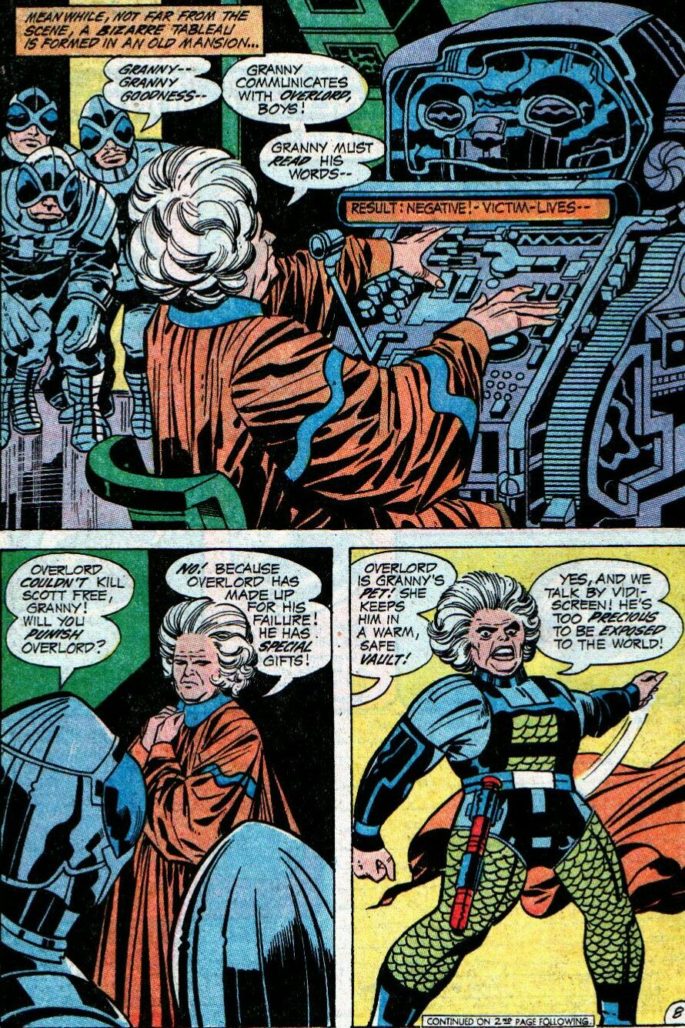
Briefly turning the conversation back to Female Furies, Levin asked Castellucci what it was like to create a younger version of Granny Goodness, and what — specifically — went into coming up with the early years of her evil career. Castelucci laughed and admitted that she had made a Pinterest board for each Female Fury to help come up with how they should be styled and designed, down to the way that a not-quite-so-aged Granny Goodness should look.
“One thing that I tried to think of when moving to her being younger is what she had to do in order to survive keep her power. That’s what makes her so scary,” said Castellucci. “She was one, and then she had her furies, and then they could make a break and have their own world; but that came at a cost to her. She looks the way that she looks because everything that she has lived is on her face.”
As the panel started to wrap up, Levin brought the room’s attention to Kirby’s way of handling the art and story surrounding women who didn’t even have superpowers such as Jane Foster from Lee and Kirby’s Thor. Citing one specific issue, Levin shows how Jane Foster — a woman with no powers — is shuttled off to San Francisco in the story because she can’t handle being with a god, and is followed up by Thor having a meet-cute with Sif who gets treated “like a badass”.
“I think Jay was talking earlier about how there’s different perspective in Kirby’s work. I think we see the brunt of that in the delineation between superheroes and civilians. We see that specifically with the women who Jack used as a audience stand-in. They — a lot of the time — were the Jane Foster” added Downey. “It can be overwhelming. There always had to be someone there to ask the question to earn the exposition. It’s definitely not a bad thing, but I wish he would have diversified his audience conduit sometimes.”
The panelists all stepped in to talk about their favorite non-heroic Kirby women which included Fantastic Four’s Alicia Masters, Tales of Suspense’s Peggy Carter, and Agents of SHIELD’s Contessa Valentina Allegra de Fontaine.
“Valentina wasn’t really normal though,” added MacDonald in regards to her choice. “He was obsessed with the superhuman. That was his field of study. He saw all of us turning into superheroes at some point. It’s hard to see the focus on the mundane, which is probably why they were used as his point-of-view characters.”
Concluding the panel was a brief discussion of one of Kirby’s most noted projects: The Eternals.
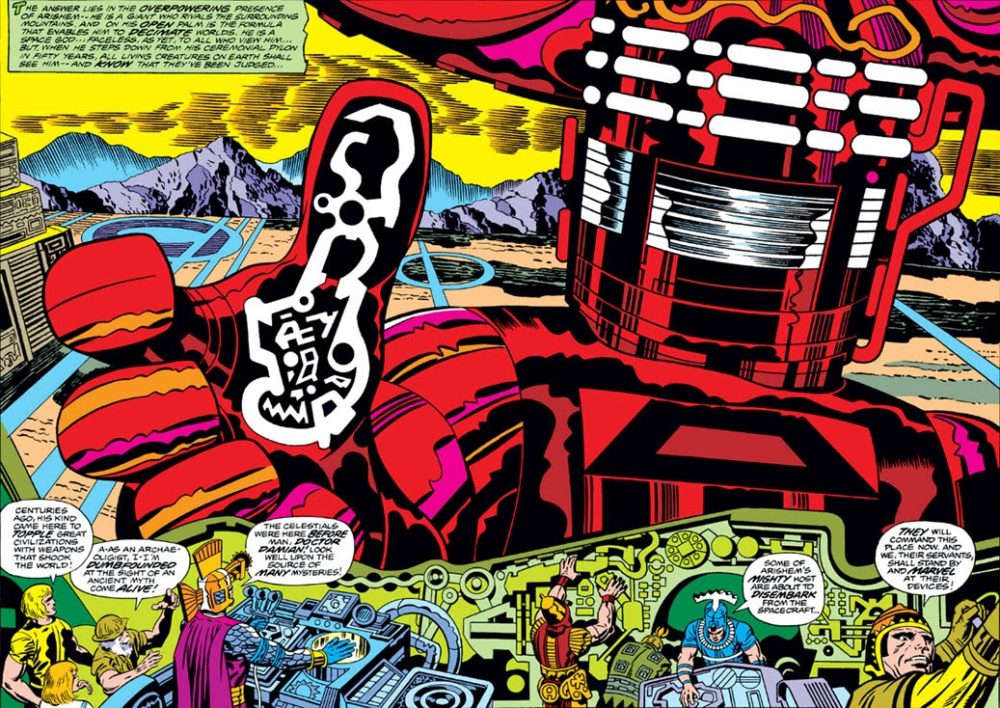
While MacDonald seemed to have her reservations about how it could possibly be done considering the psychedelic nature of Kirby’s work in that period, Melo joked that if they can make a tiny raccoon talking and firing a gun and a dancing tree in a movie, they can make The Eternals.
“The casting for The Eternals is really interesting to me,” added Downey. “They’ve gender-swapped some of the characters and it’s great that they’re willing to do that. We haven’t really seen that in the MCU yet. It just goes to show that when you’re making a film from something preexisting that it doesn’t have to translate exactly.”
“I mean honestly, his artwork is so unparalleled and unsurpassed in anything,” MacDonald concluded. “Stan and Jack did things together and they’re just now becoming equals; Stan was just alive for longer. I just want to see Jack get his due.”
If you’d like to check out the entire panel on Jack Kirby’s Women, you can watch it here, courtesy of — and with many thanks to — the Jack Kirby Museum & Research Center!


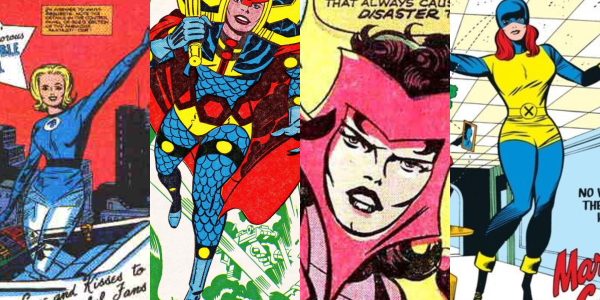
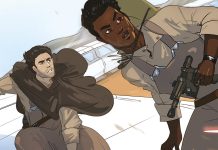
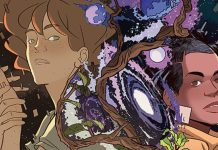
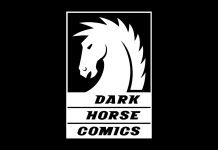



An excellent article on a very interesting panel. It was especially good to hear Kirby’s art being discussed apart from Lee’s scripting. They had much different sensibilities, and it sometimes grated on me how Lee’s writing not only fought Kirby’s art but tended to drag it down.
As for the “woman’s [sic] lib” remark on the Barda page, while it’s kind of stale, I don’t see it as undermining the effect. The speaker is drawn as an ape. He’s not somebody you’d see as a mouthpiece for Kirby; he’s a lout, and if Roz Kirby was a big woman, she and Jack probably saw a lot of them.
It’s striking what a lot of love there is in the art. Look at how much weight Kirby gives to the cannon, and how he balances it, which gives substance to what Barda is doing. You can tell he really wanted to get it right. Look at how the composition focuses everything on Barda, and look at incredibly cool she is — it just doesn’t matter what anyone says about her. Scott doesn’t try to define her; he’s just proud of her. And you know that Kirby found her beautiful. She’s got the face of Theda Bara, and the poise of a model on a catwalk, at the same time she’s the strongest person on the page, and built accordingly.
Comments are closed.